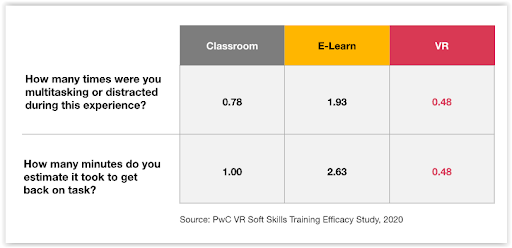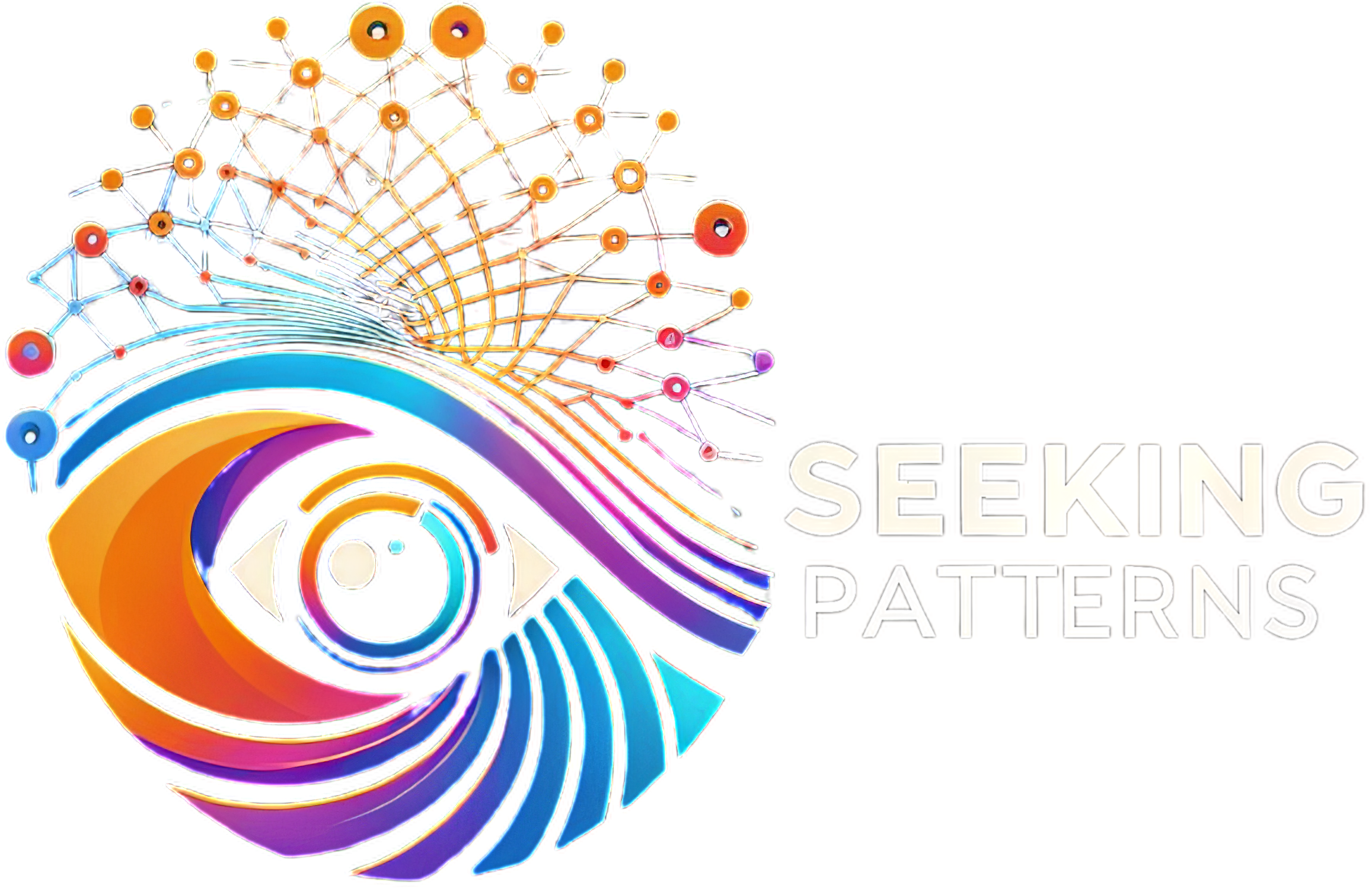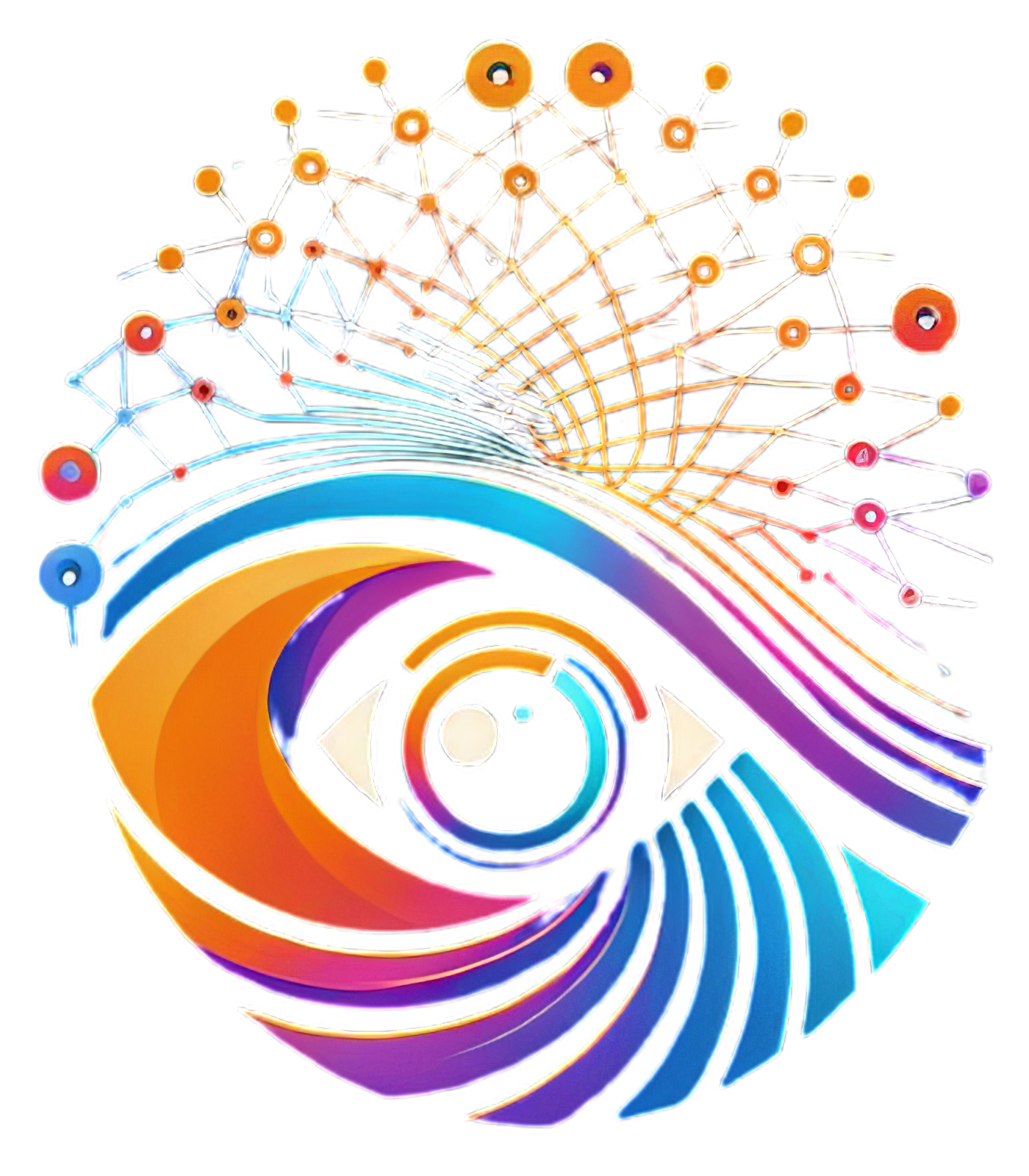Seeking Patterns
Learning & Development
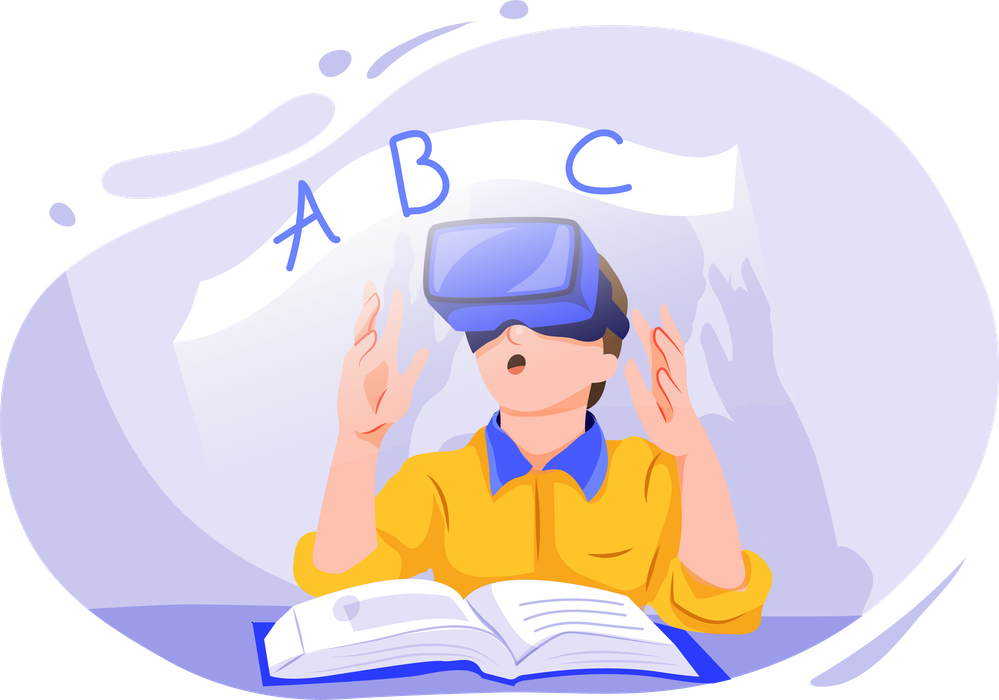
Benefits of VR Analytics for Learning
Boosted Retention Rates
VR learning, as shown in a PwC study, increases retention rates fourfold. Eye and spatial tracking technologies further enhance engagement, solidifying learning outcomes.
Accelerated Skill Mastery
VR training transforms experiential learning, making skills acquisition faster and more effective. Our analytics track every interaction, optimizing the learning curve in realistic simulations.
Performance Feedback
Automated analysis swiftly pinpoints areas for improvement, allowing for rapid program adjustments and personalized learning experiences.
Enhanced Accessibility
Our VR solutions are especially beneficial for individuals with learning difficulties, automatically identifying challenges and tailoring learning strategies to individual needs.
Soft Skill Simulations
Through immersive simulations, VR provides a unique environment for developing soft skills, with analytics delivering actionable feedback for growth and improvement.
Data-Driven Optimization
Analytics-driven insights from our VR training personalize the learning journey, identifying strengths and areas for development.
Science-Backed Success: How VR Learning Outperforms Traditional Methods
VR learning is transforming the landscape of training and development by offering solutions that are both time and cost-effective. Here are the key ways VR achieves this, supported by statistics and sources:
Accelerated Learning Speed: PwC’s study found that learners in VR environments can learn up to 4 times faster compared to traditional classroom settings. This significant increase in learning speed reduces the time required for training, translating directly into cost savings for organizations.
Increased Retention Rates: According to the National Education Association, VR training boasts a 75% retention rate, outperforming lectures (5%), reading (10%), and audio-visual learning (20%). Higher retention rates mean that information and skills are more effectively absorbed, reducing the need for repeated training sessions.
Improved Memory Recall: The University of Maryland reported an 8.8% average increase in memory recall for VR learners versus traditional desktop learning. Better recall rates lead to more effective application of learned skills in the workplace, enhancing productivity and reducing costly errors.
Enhanced Training Efficiency: Accenture’s study on skilled labor training using VR revealed 12% higher accuracy and 17% faster time to completion when compared to instructional videos. This efficiency not only streamlines the training process but also prepares employees for their roles quicker, minimizing the downtime associated with learning new skills.
Reduction in Training Costs at Scale: PwC’s analysis highlighted that VR learning becomes more cost-effective than e-learning or classroom learning at scale. The initial investment in VR equipment and content is offset by savings in instructor time, travel costs, and the ability to deploy training remotely across multiple locations without compromising on effectiveness.
Safety Training Effectiveness: The introduction of VR safety training in mining led to a 43% reduction in lost time from injury, as reported by the Minesafe International Conference. By preventing workplace accidents through effective training, companies can save significantly on healthcare, compensation, and litigation costs.
Optimized Non-Skilled Worker Training: Accenture’s VR study demonstrated the effectiveness of using VR to teach non-skilled individuals complex tasks, such as installing a toilet. This approach allows companies to hire based on potential and cultural fit rather than specific prior experience, broadening the talent pool and reducing recruitment costs.

VR learning speed is four times quicker compared to traditional classroom instruction.
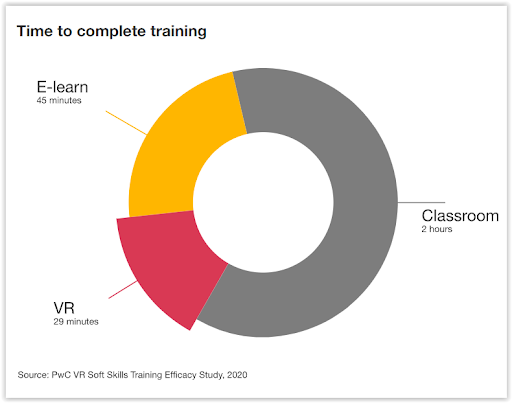
Data-Driven Optimization
